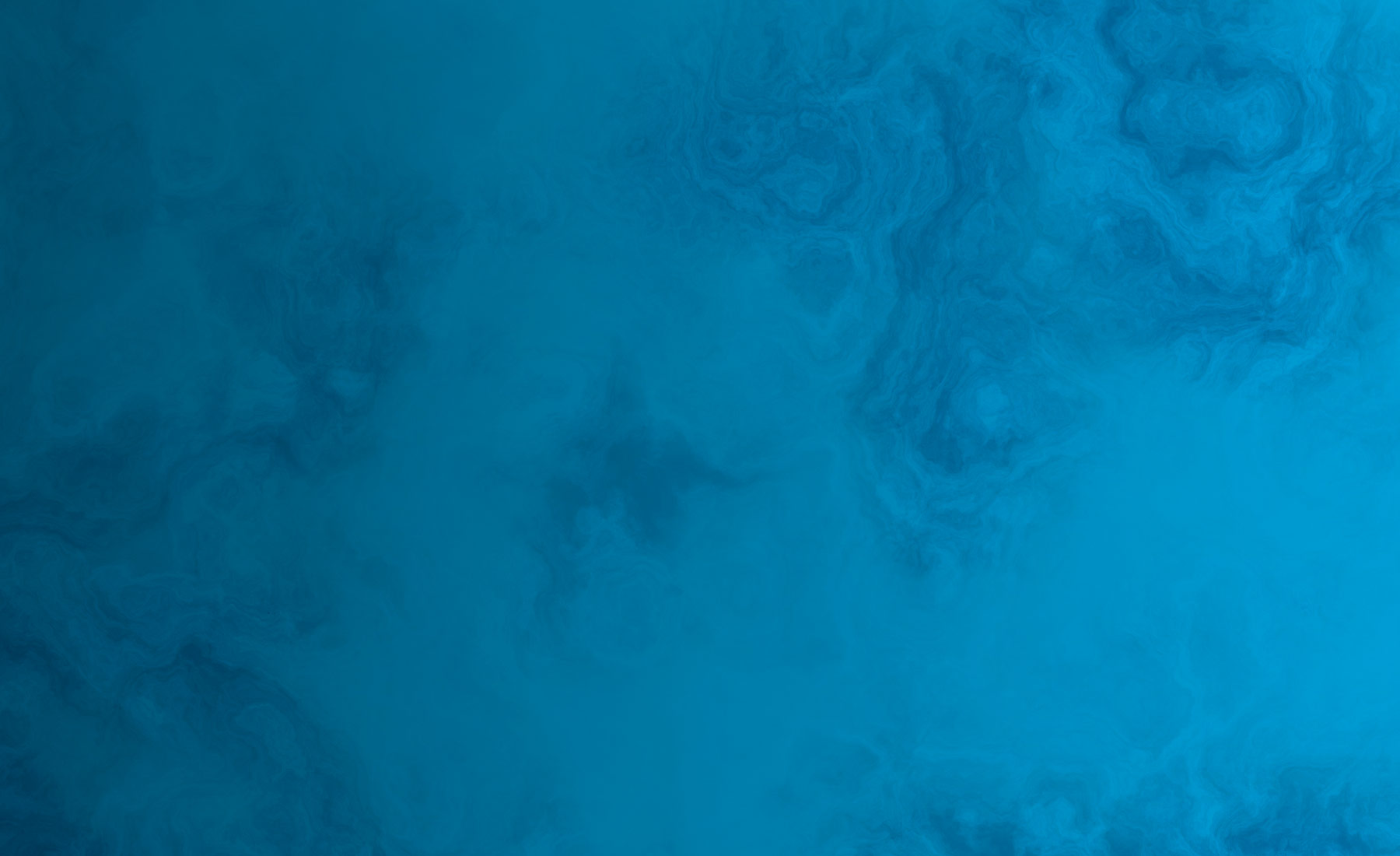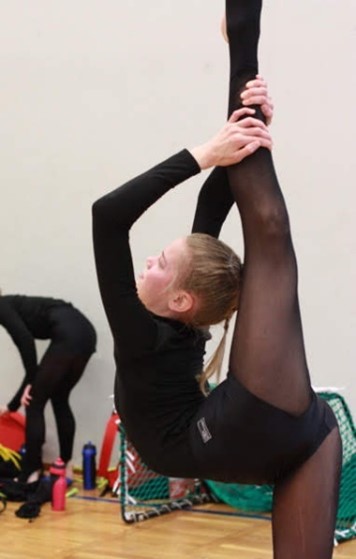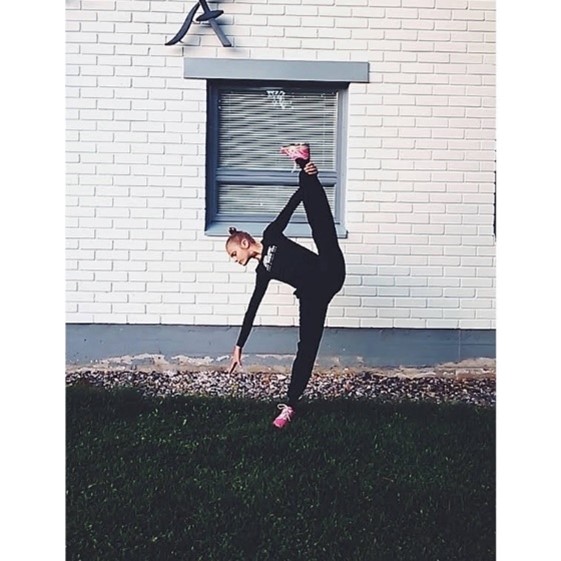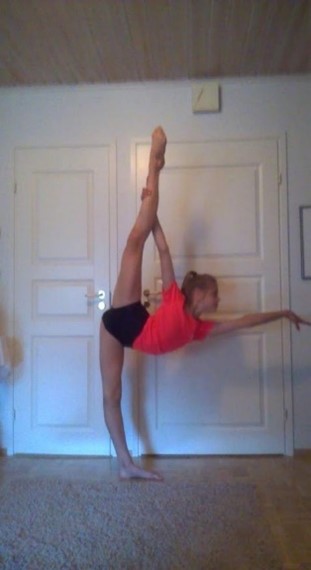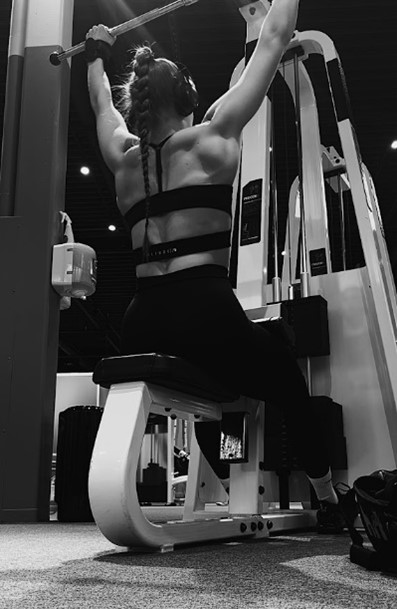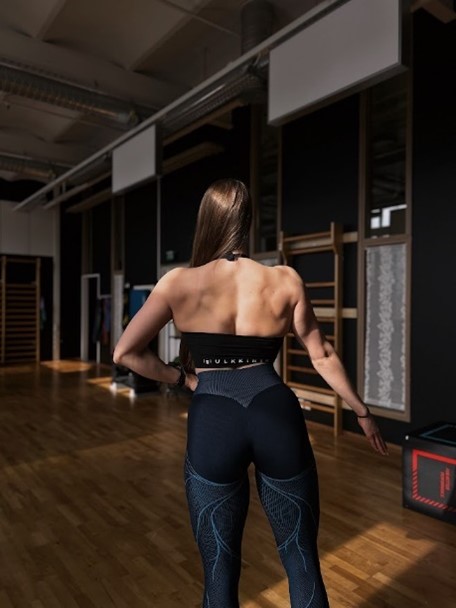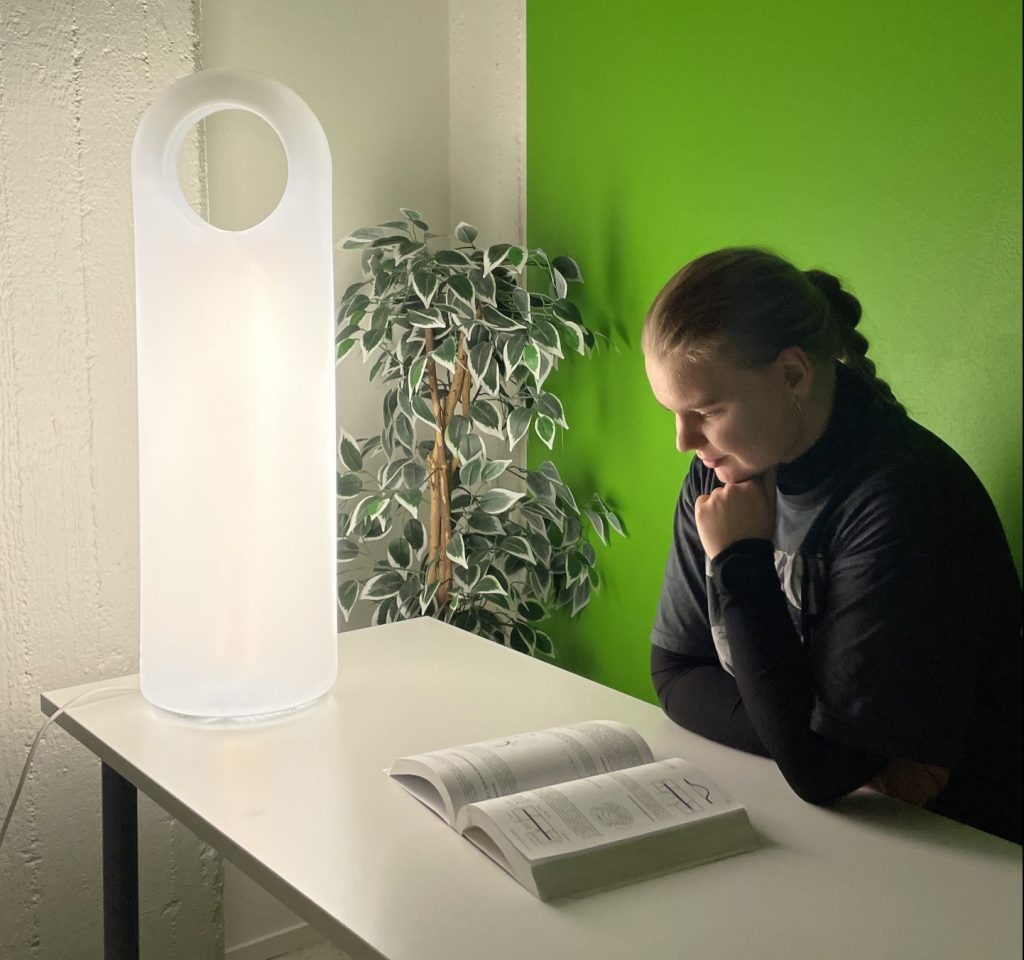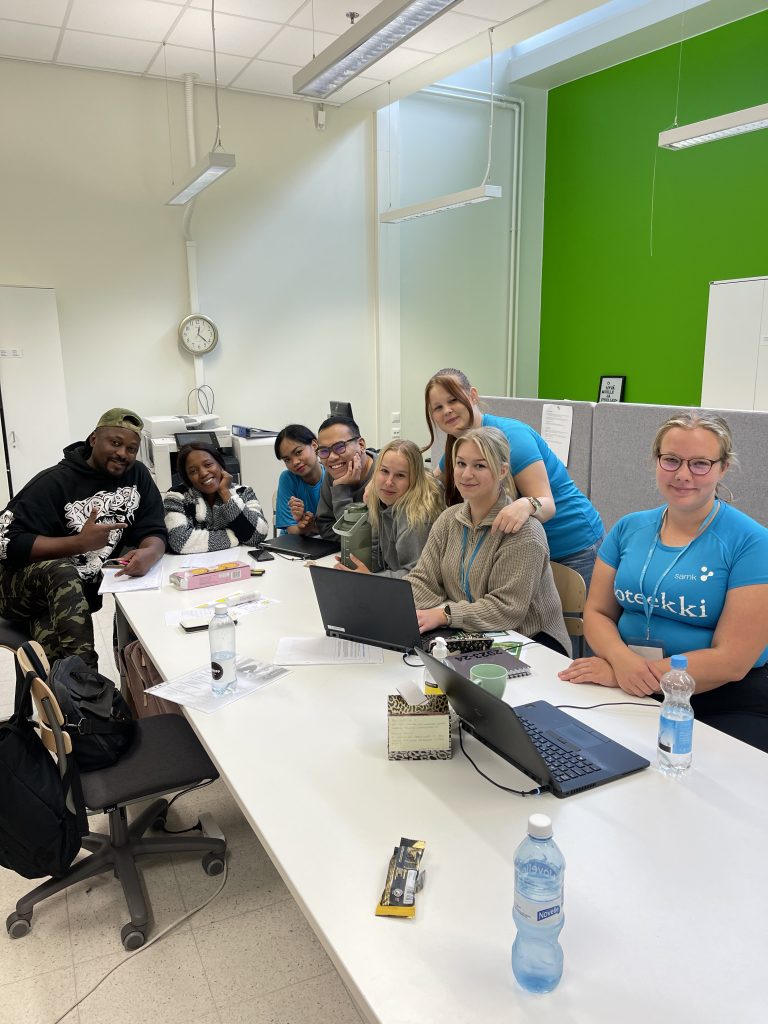Towards to the competition stages
I started exercising regularly in August 2021. Then I was doing regular gym workouts without a coach. At that time, my training lacked a sense of purpose and progression, meaning that my development was not optimal or as fast as it could be. Initially, I was training in the gym about 3-5 times a week. Afterwards, my workouts were quite one-sided and there should have been more variety in repetitions, sets and movements. Diet also played far too small a role. I ate too little, as I didn’t understand at all how much I should have eaten in order to improve.
Over time, I began to learn and understand more. I joined fitness in October 2023, so I’m still very much in the early stages of the sport. However, I have been interested in fitness for several years now. As my training progressed, I wanted to find a coach who I could learn more from and who could help me monitor my progress. Because I knew that without a coach, the results could be disastrous at worst, given my lack of previous experience in the sport. In the end, I found my coach half by accident. I went for an Inbody measurement in October 2023. At that time, the measurement officer, my current coach, and I started talking about fitness. Within a week the contract was signed. The plans for the future were made very quickly, as we decided right from the start that I would be competing in the autumn of 2024. This is the last year that I will compete in the junior series, which was also one of the reasons for the fast start. Stage performance plays a big role in Fitness also and I already enjoy performing in gymnastics, so fitness seemed like the right choice for me.
My coach made me a frame for my diet and a set training programme, which I have now been following for more than six months. I trained 4 times a week in the off-season. Now I work out 4 times a week in the gym and twice a week doing aerobic activities such as walking and cycling. Running is not my thing. Towards the end of the season, the aerobic exercise numbers increase somewhat.

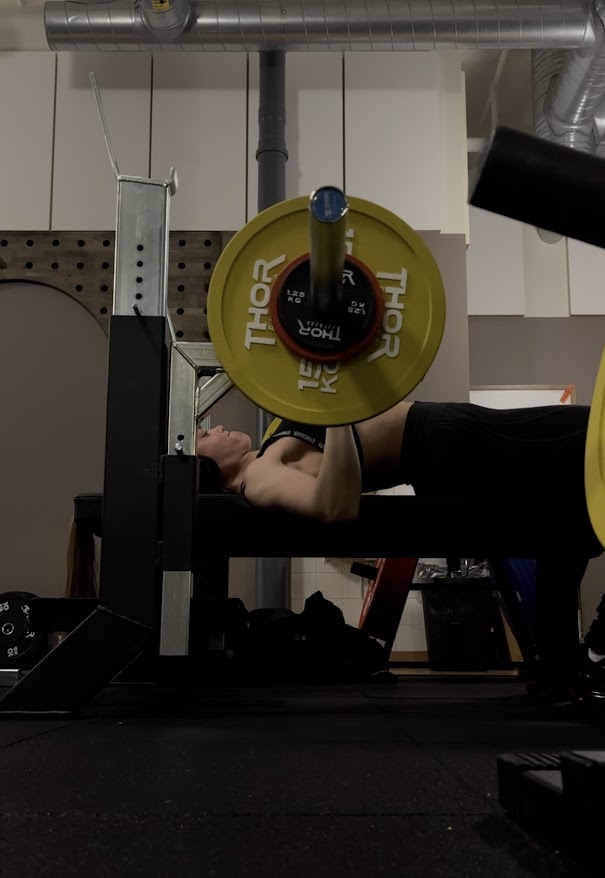
In addition to training, there are many essential aspects of fitness. You need to get enough sleep and rest, and your diet needs to be diverse and healthy. And at regular intervals, you need to take a week off from training. Possibly, and hopefully at least during Midsummer, I will be able to refuel, i.e. eat more and eat more freely. At the beginning, it’s impossible to know everything for sure, but as the diet progresses, we’ll know better how my progress is going. The most important thing about the diet is that you get the right amount of all the essential nutrients, rather than what foods you eat exactly. Of course, you shouldn’t compromise the purity of your food.
Now, in preparation for competitions, I record my weight and sleep daily for my coach to see. I try to get at least eight hours of sleep a night. On top of this, once a week I measure my waist, thigh and arm circumferences for my coach. Inbody measurements are something I did at least in the beginning of the diet and are part of the end of the diet. These also allow me to monitor my progress myself. Since appearance and eating play such a big role in fitness, you have to have a good relationship with your body image and food when you start the sport. In addition, your mind and life situation must be such that it does not negatively affect your diet progress, for example.
Studying physiotherapy is very useful in my sport, as I have a better understanding of how the body works and the effects of diet and physical activity. Not everything has been completely new to me, my coach complements my own knowledge. My knowledge of human anatomy also helps me to understand the effects of training on my body. The studies also help me to better understand the different risks involved, for example in gym training and overall health. In addition, I found courses such as load physiology and health measurement more interesting than some of my fellow students, as the topics are close to my interests and my own sport.
Ideation and planning: Sarianna Virtanen, Suvi Rantala & Heini Lehtiranta
Interview: Heini Lehtiranta & Suvi Rantala
Subject matter: Sarianna Virtanen
Writing: Heini Lehtiranta
